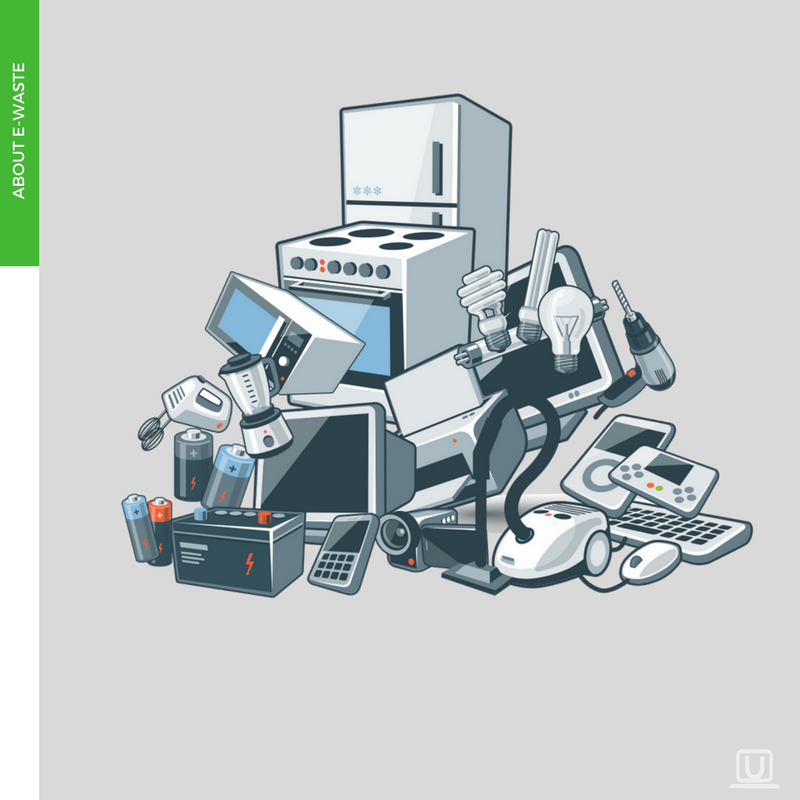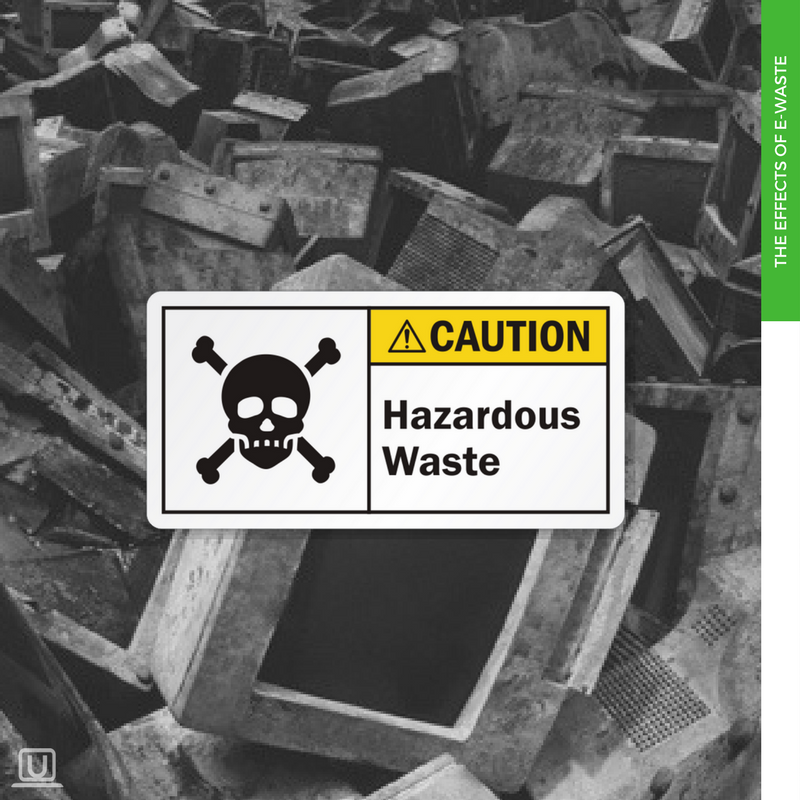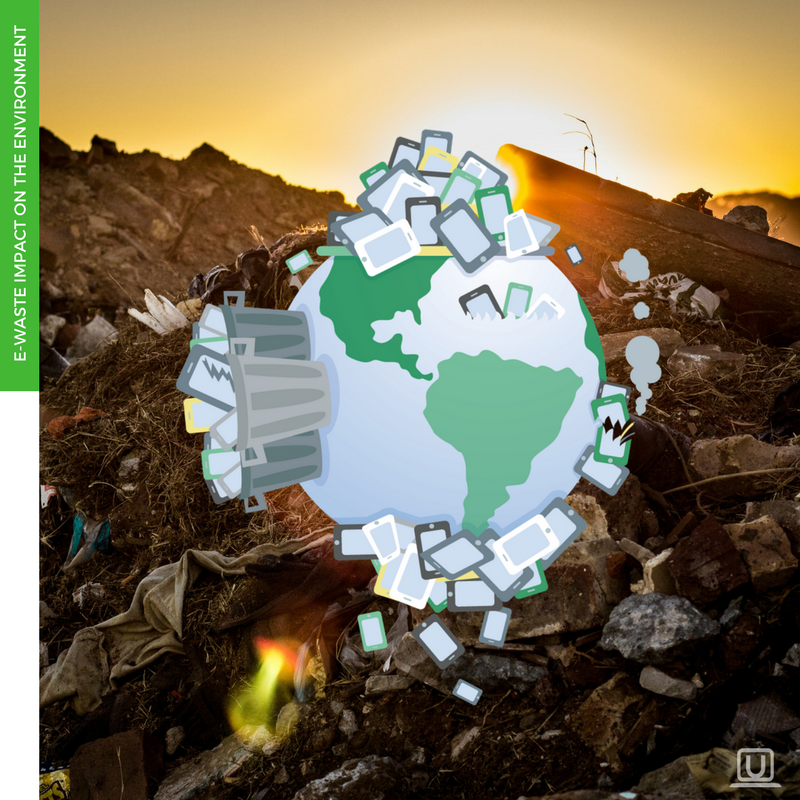E-Waste: What You Should Know

About E-Waste
E-waste or Electronic Wastes encompasses of electrical appliances or electronic items in a state of disrepair, obsolete or has reached its end of life. This includes everything from electronic items such as computers, servers, printers to household appliances such as microwave ovens, fridges, television sets and much more. It is vital and of utmost importance that the correct method of disposal is applied for the environmental protection and to achieve a sustainable future.
The effects of E-Waste
With the improper disposal of electronic wastes, hazardous materials and metals such as mercury and lead found in computers and other E-Wastes are buried in the landfill, leaving toxins to leach into the ground and to the waterways, thus damaging lives and the environment. At Usedcomputer Malaysia, we ensure that all electronic wastes we handle are disposed of in accordance with the rules and regulations of the Malaysian Department of Environment (DOE).


E-Waste impact on the Environment
Our electronic wastes filled with a variety of toxic compounds and elements. When this e-wastes are not recycled and simply thrown out with the garbage, it creates unwanted risks for both environment and also human.
Computers contain toxic elements such as zinc, nickel, barium, chromium, lead which could easily threaten the environment. There are 20 to 50 million tons of e-waste is generated worldwide. But the recent study shows that only 12.5% of worldwide electronic wastes being recycled.
When electronic wastes are disposed of in landfills, there are huge possibilities for hazardous elements to leach into the supply of resources and cause harm to surrounding people. Moreover, when this disposed e-waste gets heated up, it will release hazardous chemicals into the air which will damage the atmosphere.
E-wastes are currently adversely affecting the developing countries. Dumping process is being carried out widely which makes the environment of these countries severely polluted.
